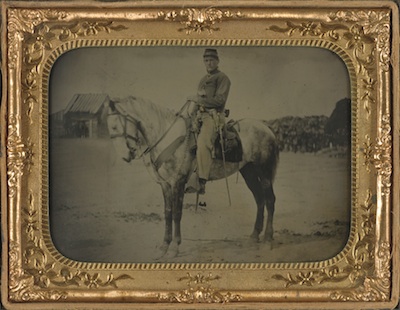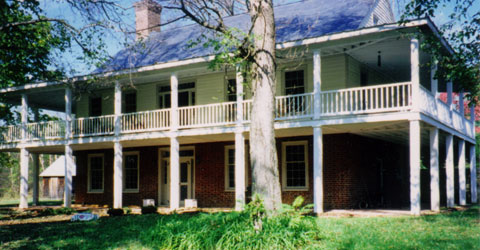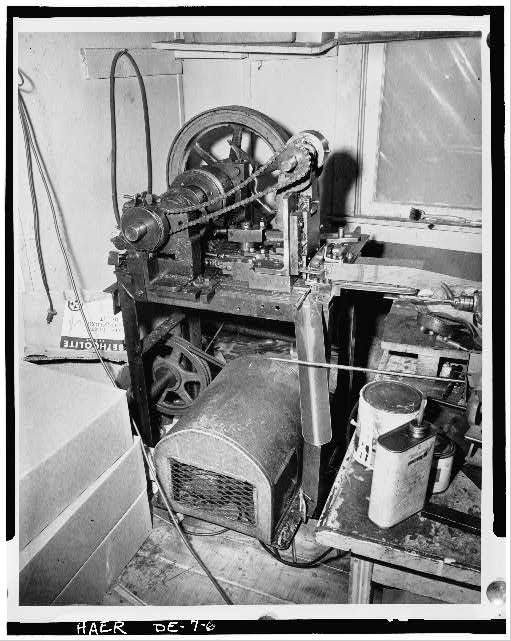I’ve been focusing recently on some of my female ancestors for whom I have little or no information. With surnames like Leedy, Frantz, Landis and Hershey, these are well-established—and I would have thought—well-documented families. When it comes to my ancestors, not so much.
Take my 5x great grandmother Mary (Hershey) Hocker, for example. According to my information, “Sophia Maria Hershey” was born on 5 August 1769 and died sometime after her husband Johan Adam Hocker Jr. (died 1821), but before the final settlement of his estate on 1 April 1839. I’ve only seen her as “Mary Hocker” in documents, so I’m not sure about the name Sophia. I’ve been able to find out nothing about about her family.
About Adam and Mary
Although, I presume she and Adam were married prior to December 1787—their first child was born in August 1788—I do not have a marriage date or location for them. Adam was living in Harrisburg by that time. However, they could have met in Lancaster County before he left home.
Between their marriage and the late 1790s, Adam and Mary lived in Harrisburg. Adam was listed as a tavern owner, cordweiner, and tanner in tax lists during this period. They had five children before 1800: John, Anna Barbara, George, Jacob, and Benjamin.
By 1797, the family had likely moved out of town to Derry Township as their fourth son Jacob was baptized on 12 February 1797 in Zion Evangelical Lutheran Church in Hummelstown. Adam owned a farm near Hummelstown, along Swatara Creek. The couple had three more children while living in Derry Township: Johan Adam (III), Benjamin, and Elizabeth.
Adam died in November 1821. In Dec 1821, Jacob Hocker was appointed guardian of his younger brothers, Adam and Benjamin. Adam’s estate was divvied up amongst his heirs with land in Derry Township going to sons John and Jacob, and land in Swatara Township going to sons George and Adam. John and Jacob eventually sold their piece to their youngest brother Benjamin before they left Pennsylvania for Ohio.
Religion
Adam Hacker was a Lutheran. He was baptized in Emanuel Lutheran Church in Brickerville and was confirmed there in 1780. He was a deacon at Salem Lutheran Church in Harrisburg in 1790 and 1793. His connection to the Lutheran Church is consistent throughout his life.
I’m not certain about Mary’s religion. Her children were baptized Lutheran—Anna and George in Salem Lutheran in Harrisburg and Jacob in Zion Evangelical Lutheran in Hummelstown—and she was buried with her husband in the Lutheran church cemetery in Hummelstown. However, the early Hershey family were known to be Mennonites. Given her birth year of 1769, Mary would have been born to the first or second generation of Pennsylvanian Hersheys. It’s very likely that she grew up in a Mennonite household, assuming, of course, that her maiden name actually was Hershey.
Not all the Hersheys remained Mennonites. For instance, Johannes “John” B. Hershey was the son of a Mennonite minister, was himself a Mennonite minister, but left the faith to become an integral part of the United Brethren in Christ church. What’s particularly interesting about this is that Adam and Mary Hocker’s eldest son John left the Lutheran church—his two eldest children were baptized at Zion Evangelical Lutheran Church in Hummelstown—and became a minister for the River Brethren (aka Brethren in Christ) in Randolph Township, Montgomery County, Ohio.
While I don’t believe these are the same church, they both originated in the German spiritual revival of the late 1700s and the leaders of both were originally Mennonites. I wonder what led John Hocker to change religions. Obviously, he felt very strongly to not only leave the church he was raised in, but to become a minister in his new church, too. Perhaps, he was influenced by a member of his mother’s family? It’s certainly something to think about.
Conclusion
I’ve not been able to find a “Sophia Maria” or even an unidentified Mary in available Hershey family information. I don’t know that she actually was a Hershey since I have no source for Wingeard’s information.
If you have information on Mary’s parentage or insight into the Hershey family, please drop me a line. I’d love to hear what you have to say.
Update
Looking through my database, I found an interesting bit of information. John Hocker’s daughter, Christianna, married John Hershey, son of Jacob and Maria (Hertzler) Hershey, in Montgomery County, Ohio on 21 Oct 1852. John Hershey was a descendant of Jacob and Barbara (Hiestand) Hershey of Lancaster County and his parents Andrew and Maria (Acker) Hershey.





